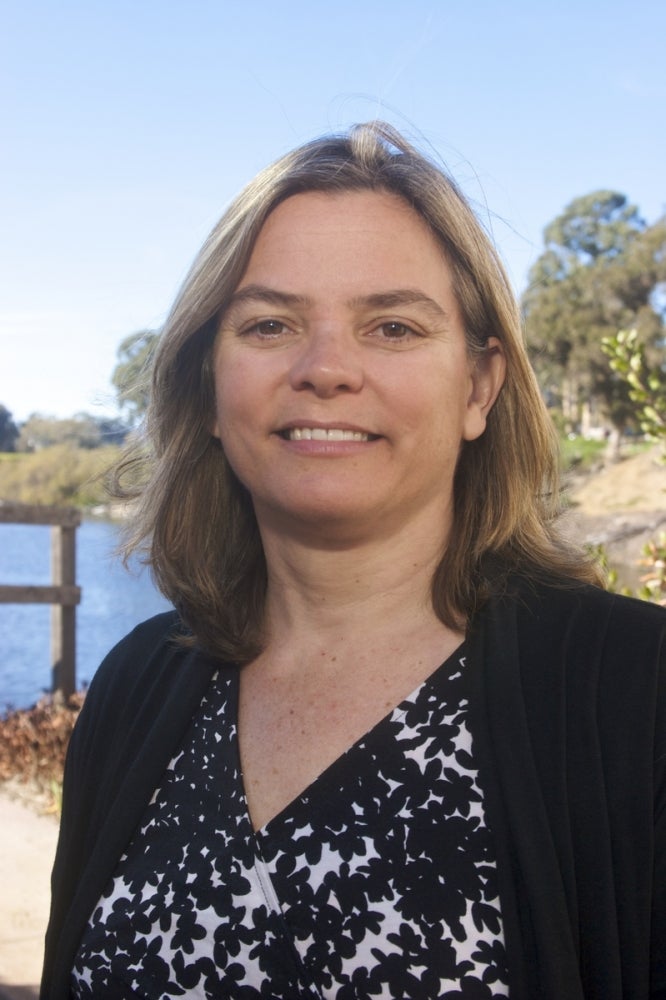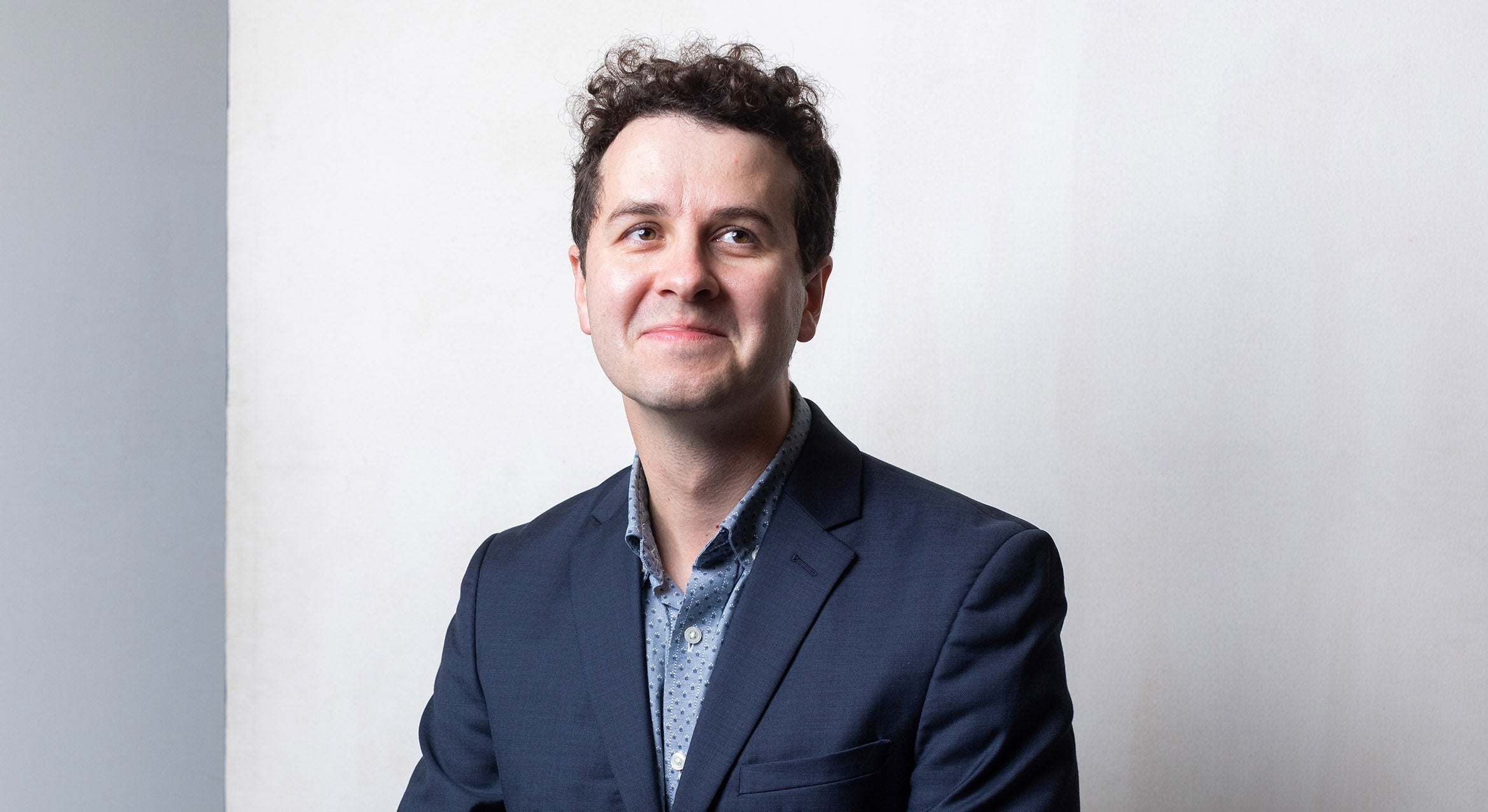
License to Succeed
What does a degree in flute performance have to do with the successful licensing of the technology of a top-tier research institution?
On the face of it, probably nothing.
But if you ask Sherylle Mills Englander, director of UCSB’s Technology & Industry Alliances (TIA) — commonly referred to as “tech transfer” — the degree she received from the University of Rochester’s Eastman School of Music, one of the country’s pre-eminent music schools offered the kind of training needed to help negotiate the sometimes tricky contracts and licensing of the various inventions and technologies that are born at UCSB.
For every innovation the university’s brightest minds generate — energy-efficient LED lighting, life-saving hemostatic gauze, site-specific drug delivery, for instance — TIA spends weeks working with UCSB researchers and companies throughout the world to translate scientific discoveries into robust commercial products that will benefit the public. It’s a careful balancing act with the needs of the university on one side and those of the licensing partners on the other.
“When you’re putting a piece of music together, you’re really taking a lot of creative ideas and you’re working through it to make a cohesive presentation of a concept,” she explained. “So you’re moving from a lot of different ideas and unifying them into a single interpretation of a piece.” These transferable skills apply when taking novel and creative technologies with many moving parts and bringing them to the market.
For her role in bringing new ideas and technologies developed on campus to local and regional business and industry, Englander is being recognized by the Pacific Coast Business Times as one of 2016’s Top 50 Women in Business. Englander and the 49 other recipients of the annual award will be recognized at an event on the Deckers campus in Goleta on April 14.
“Getting recognized for my contributions to business is pretty profound for me,” said Englander. Historically, the field of tech transfer has been male-dominated, she added, however the UC system is unique in that over half of its campuses have female leadership in their tech transfer offices.
The only musician born to a family of scientists, Englander credits her rigorous training at the Eastman School for her ability to handle the different personalities she encounters while absorbing sometimes widely disparate pieces of information — skills called upon when dealing with potentially groundbreaking, life-changing technology that is the result of years of research and personal investment.
“If our researchers make a discovery that can benefit the public with some corporate or private investment, if we simply publish that in our academic journals, that means that anyone in the world can use it,” she said. It sounds wonderful, she continued, but without some sort of protection of intellectual property rights, both researchers and investors would be hesitant to put in the time, money and effort to develop the technology and help it clear any regulatory hurdles before presenting it to the world.
By the time she got her law degree at UC Berkeley’s School of Law, Englander was well equipped to handle the new frontiers technology transfer might offer. After a stint as intellectual property license negotiator at the Smithsonian Institution, she came to Santa Barbara in 1999, and helped establish the campus’s first on-site technology transfer office a few years later. It was a major move for UCSB since, at the time, all innovations developed here were managed by the UC Office of the President. As the number and diversity of inventions and innovations increased, however, it made more sense to handle issues of licensing and intellectual property at each campus, Englander said.
“Even under the best scenario, it is very difficult to manage intellectual property from 400 miles away,” she continued. “The Office of the President was not in a position to work closely with campus faculty over time as innovations develop; to maintain connections with our local startup entrepreneurs and investors; or to be exposed to the history of UCSB’s relationships with its industry partners.” Local management of campus intellectual property has allowed for the relationship building necessary to create successful tech spinoffs in Santa Barbara, according to Englander, a strategy that has seen the university’s portfolio grow substantially.
In the 10 years of TIA’s existence, the campus has been the birthplace of many successful and important technologies, from the atomic force microscope invented by professors Virgil Elings and Paul Hansma, to the kaolin-clay blood clotting gauze developed by chemistry and materials professor Galen Stucky, to the solid-state lighting that is continually being improved upon by materials professors Shuji Nakamura, Steve DenBaars and James Speck.
In one of its biggest moves of late, the campus became the West Coast home to AIM Photonics, a federally funded coalition formed to advance computing and telecommunications technologies while creating high quality manufacturing jobs in the country. Along with AIM Photonics West Coast Head John Bowers, professor of electrical and computer engineering, and College of Engineering dean Rod Alferness, Englander negotiated the complex arrangements between partners in this multi-million dollar effort, which includes universities and major industry players, as well as smaller companies and startups.
“The three of us worked as a truly integrated team,” said Englander, “and that doesn’t often happen at universities.”



